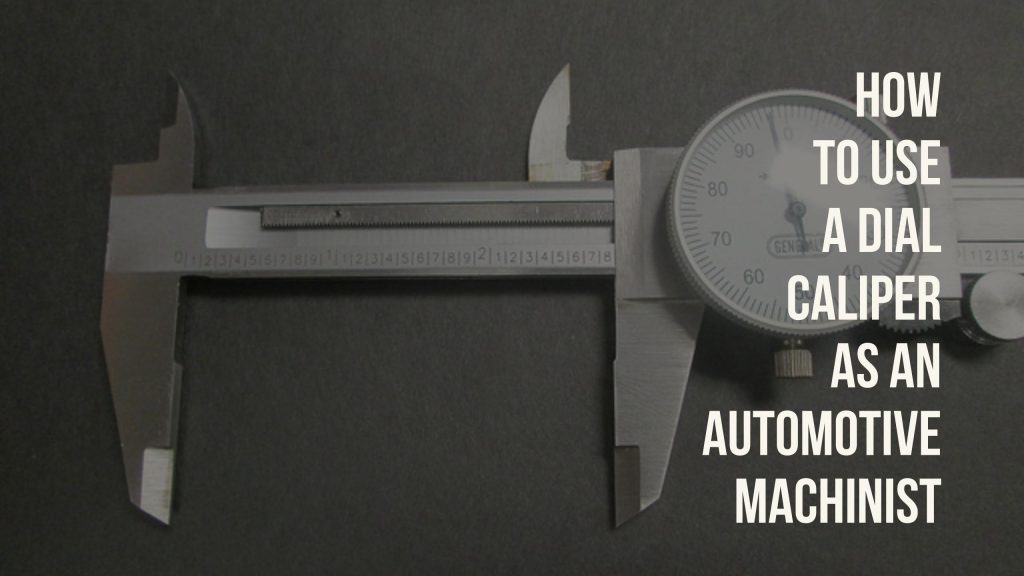Thinking about the best way to secure a job and career for yourself or your child? One of the most successful industries for young people today is the automotive industry. There are many benefits for students who decide on this path, in terms of job placement, opportunities, and a long-term career.
Openings for an automotive machinist are in high demand globally, and will continue to be so. Those who enroll in our hands-on training are set up for a successful career. One of the many things we teach as part of the SamTech curriculum is how to use a dial caliper as an automotive machinist.

What Exactly Is a Dial Caliper?
A dial caliper is simply a device for measuring precisely. With this tool, our students learn to effectively measure both the thickness and the movement of materials. Here are three examples of the most intricate workings of a dial caliper that we teach during the hands-on courses:
1. How to Measure Thickness
Besides other important mechanics, you’ll learn how to use a dial caliper to measure how thick the brake rotors are. Brakes are subject to a lot of wear and tear, depending on how much driving is done, and the kind of roads the automobile will need to cover. When the rotors are worn down, the brake pads may need to be replaced. Having a dial caliper to measure this is the most precise way to know when it’s time for new brake pads.
2. How to Measure Deflection and Movement
Students will learn how professional automotive mechanics use dial calipers with various clamps. These enable the precise measuring of wear caused by movement or strain; for example, to measure ball joints, which are very important parts of a car’s suspension. For this, the car’s front end will be elevated with a jack stand, and the dial caliper will be clamped to its suspension. From here, you can better determine when the tire is moved up and down, plus how much deflection and wear have been caused. The dial caliper is also used to measure how much a steering wheel has to be moved before the wheels can turn.
3. How to Measure Width
When the brake drums of a car become too wide, it can lead to brake damage — obviously, an extremely dangerous condition for drivers. Using an inside diameter caliper, an automotive mechanic can measure the brake drums accordingly.
Giving Students a Head Start in This Accelerating Industry
These are just a few of the subjects we cover in our lessons. Learning how to use new tools, operate the latest automotive machines, and upgrade with modern technology are all a part of the courses taught in our SamTech curriculum. Through our comprehensive classes and hands-on training, our students and graduates gain a competitive edge in this industry.
Our curriculum teaches advanced theory plus cutting-edge principles of design, but the students are encouraged to do most of the training with hands-on experience. This affords them better practice the machine parts they will be working with; not just knowledge.
The skills that an automotive technician knows and practices simply cannot be outsourced. This means that, once our students graduate, they’ll always be in high demand. This gives them job security and steady work, even in an unstable economy. As long as there is a demand for vehicles, there will be a need for highly skilled, professional technicians.




